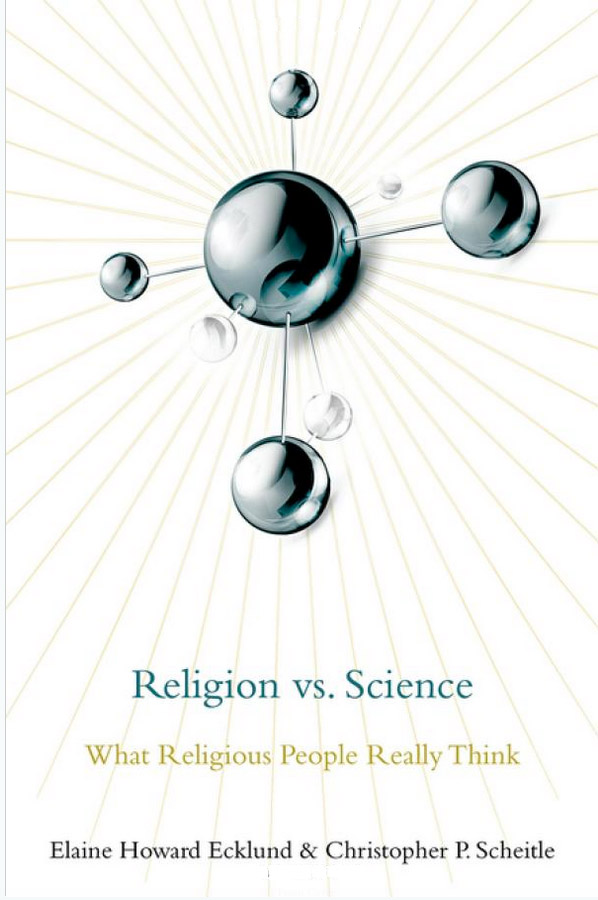
While RW (November 2017) had already reported on some of the results of the Orthodox Christian Parish Life in America study by Alexei Krindatch, the full report has now been published under the auspices of the Assembly of Canonical Orthodox Bishops of the United States of America and brings additional, significant observations about trends in U.S. Orthodoxy. The results are based on a survey of 580 parishes, i.e., 30 percent of all (canonical) Orthodox parishes in the U.S. While 40 percent of Orthodox parishes were founded prior to WWII, 15 percent were born after the year 2000. The total number of adherents at least loosely associated with a parish comes to nearly 800,000. Regularly participating parish members come to around 325,000. The Orthodox Church of America (OCA) has the highest percentage of truly involved members (69 percent). About one quarter of active Orthodox parishioners are senior citizens (age 65 and above), while young adults (18–34) only make up 12 percent, illustrating a wider trend for this age group of staying away from organized religion.
A majority of parishes do not seem strongly missionary-minded: “In only 18 percent of American Orthodox parishes, the parishioners pay serious attention to bringing new members into their parishes.” While slightly less than one quarter of the parishes perceive themselves as “vibrant and flourishing,” 30 percent describe themselves as “struggling” parishes with uncertain long-term futures; this is especially the case for parishes in the Serbian and Carpatho-Russian Churches. Based on responses from clergy, Krindatch identifies several areas of concern, including apathy among church members and instability in church membership (turnover and people on the move, as well as divisions within parishes). Additional issues are the strong ethnic focus of some parishes, reinforced by the arrival of new immigrants, the coexistence of different Orthodox jurisdictions instead of church unity, and adverse economic and social environments (e.g., poor and declining local communities).
Regarding the future organization of Orthodoxy in America, “more [and younger] American Orthodox priests (71 percent) than American Orthodox bishops (58 percent) envision the future of Orthodoxy in America in the form of an administratively united Church.” Only a quarter of American Orthodox parishes engage in ecumenical worship services. On average, younger priests (age 40 and below) seem less inclined to participate in such services than older ones. Krindatch finds that 95 percent of parishes maintain their own website and 74 percent are on Facebook. More than half of priests admit to being very frequent users of electronic technology and social media. The full report (163 pages) is available at: http://www.assemblyofbishops.org/assets/files/studies/2018-01-OrthodoxChurchesIn21CenturyAmericaFinal.pdf
As Ecklund showed in her last book, the view that many scientists are fervent atheists (on the model of Richard Dawkins) is not accurate, but the authors found that this stereotype has stuck among many respondents (again, especially among evangelicals). This negative view of scientists discourages those believers working in these fields, particularly students and potential science students, and they tend to keep a low profile in their congregations (while also feeling they do not fit in with other scientists). In fact, Ecklund and Scheitle do not find a direct link between holding a religious faith and the choice to enter a career in a science field, though the non-affiliated, Jews, and adherents of non-Western religions are represented more in rank-and-file jobs. When it comes to climate change, the authors find a similar pattern of general concern about the environment among most respondents (including evangelical respondents), but that their actions are “confined and muted” in addressing these issues. More conservative respondents again saw environmental activism as challenging God’s authority and sovereignty, but there was only a minority who denied global warming or that humans have any involvement in it. Ecklund and Scheitele conclude that the need for dialogue between religious believers and scientists is more urgent than ever, with religious scientists in particular acting as “ambassadors” in their faith communities.

More successful have been networks, such as Alternativt Nettverk, catering to the eclectic needs of Norwegians as they have become “multi-religious actors” (engaging in “religious commuting”). Lisolette Frisk concludes the book with a comparison of the New Age scenes in Sweden and Norway, noting that alternative spiritual currents are as strong in both countries as anywhere else in the West. Both countries show a strong interest in communication with spirits compared to other countries, as well as an interest in practices lying between the religious and secular arenas, such as yoga, mindfulness and human potential therapies. The contributors also examine the way popular alternative groups in Norway have blended New Age with the indigenous shamanism of the northern Sami people, though the new book Contemporary Shamanisms in Norway (Oxford University Press, $99) sets this phenomenon in a more global context.
Authored by Trude Fonneland, the book notes that the shamanism of Scandinavia has gained greater currency than the more popularized American Indian forms of shamanism because of its “authenticity.” But this form of shamanism is also making the rounds in the global spiritual marketplace. Both globalization and standardization are evident in the way the Sami themselves (defying criticisms that Sami shamanism has been appropriated by New Age groups) have incorporated other national shamanic traditions while recently starting a national shaman association for the first time to represent those spiritual practitioners. Fonneland’s extensive interviews with several Sami shamans show some serving as “spiritual entrepreneurs,” as they actively cooperate with Norway’s tourist industry to promote pilgrimages to Sami holy sites. Through wide media exposure, these shamans—in league with tourism promoters—are pressing for development of the north, portraying it as a center of modern and “rational” spirituality rather than a primitive region marked by superstition.